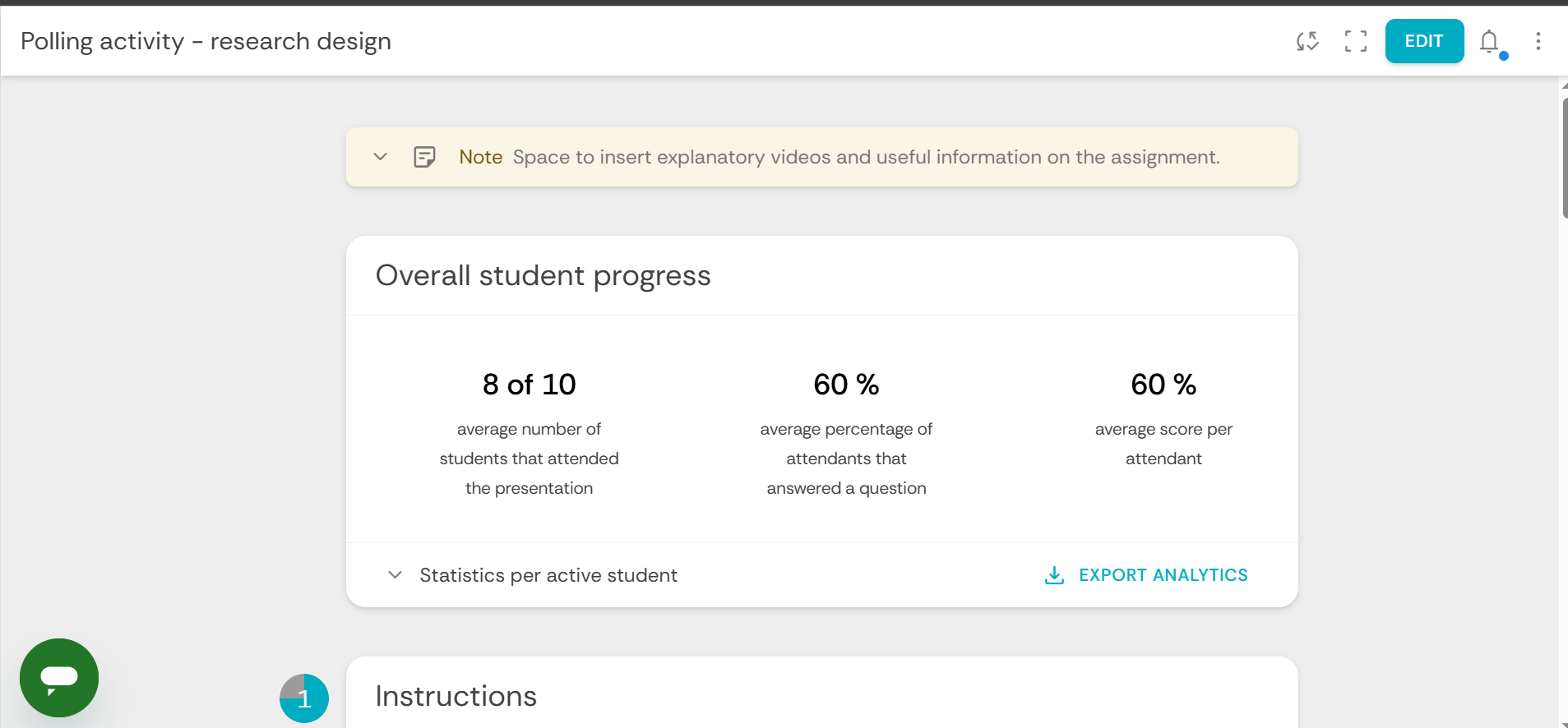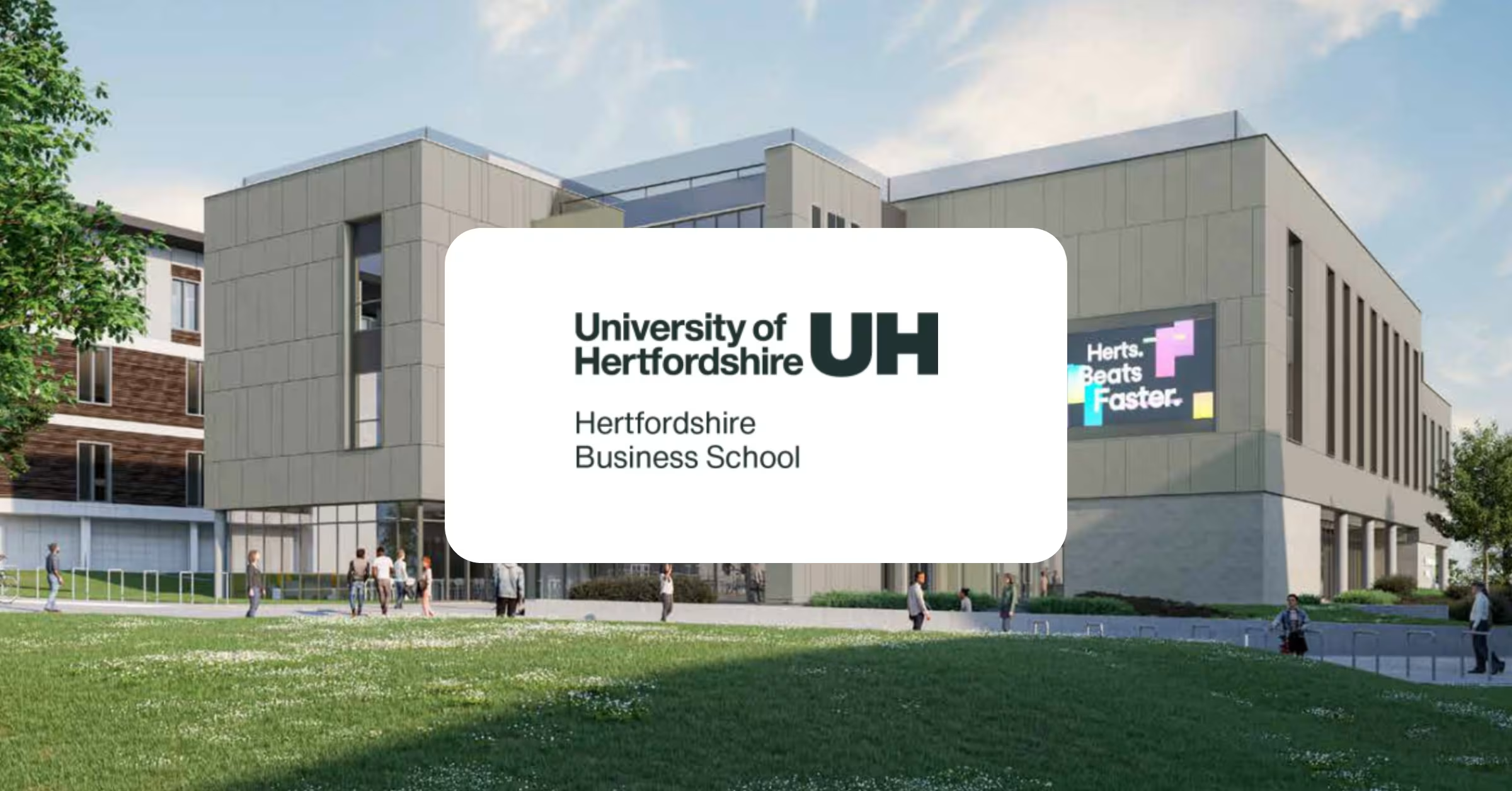Participation with Purpose: Driving Engagement in Political Science Lectures at Weber State University
Weber State University (WSU) is a comprehensive public university serving over 29,000 students across northern Utah and beyond. Known for its strong emphasis on access, affordability, and applied learning, WSU offers more than 225 certificate and degree programs spanning health professions, business, education, science, the arts, and more. With a mission to provide meaningful educational opportunities for a diverse student population, the university fosters innovation, community engagement, and real-world impact.
Dr. Leah Murray is a passionate political science professor and civic engagement leader, dedicated to creating inclusive spaces for open dialogue and political learning. She is committed to making political conversations more approachable and less polarizing—both inside and outside of the classroom. Her work centers on fostering campus climates that support civic development, with a research focus on assessing how co-curricular initiatives contribute to meaningful political engagement. Driven by the belief that students can tackle complex, “wicked” issues without sacrificing connection or compassion, Leah empowers the next generation to become thoughtful, engaged citizens.
Weber State University (WSU) is a comprehensive public university serving over 29,000 students across northern Utah and beyond. Known for its strong emphasis on access, affordability, and applied learning, WSU offers more than 225 certificate and degree programs spanning health professions, business, education, science, the arts, and more. With a mission to provide meaningful educational opportunities for a diverse student population, the university fosters innovation, community engagement, and real-world impact.
Dr. Leah Murray is a passionate political science professor and civic engagement leader, dedicated to creating inclusive spaces for open dialogue and political learning. She is committed to making political conversations more approachable and less polarizing—both inside and outside of the classroom. Her work centers on fostering campus climates that support civic development, with a research focus on assessing how co-curricular initiatives contribute to meaningful political engagement. Driven by the belief that students can tackle complex, “wicked” issues without sacrificing connection or compassion, Leah empowers the next generation to become thoughtful, engaged citizens.
Context
To foster genuine political dialogue and increase student participation in large lecture halls, Professor Leah Murray implemented interactive learning activities at Weber State University with the support of FeedbackFruits. Grading students on attendance felt authoritarian and compliance-driven to Leah. However, institutional research has consistently shown that requiring attendance improves persistence and academic outcomes, particularly for at-risk students (Crede, Roch, & Kieszczynka, 2010). Using learning activities like Interactive Presentation and real-time questioning she managed to enhance student engagement and promote attendance—without resorting to punitive measures.



Problem and Solutions
Making political science more engaging at Weber State University: The challenge
As a political science professor deeply committed to civic engagement, Dr. Leah Murray wanted her students to show up. But not out of obligation; out of interest and investment in the topics. At the same time, research showed that required attendance improved student outcomes, which created a tension between promoting autonomy and ensuring student persistence.
Another challenge was maintaining engagement in large lecture halls, where participation often faltered and feedback loops were limited. Leah needed a solution that could transform passive lectures into active learning spaces—without relying on punitive policies.
To meet these needs, Dr. Leah Murray turned to FeedbackFruits’ interactive learning activities to promote real-time engagement, self-regulation, and a more inclusive classroom dynamic.
Using FeedbackFruits to foster engagement and self-regulation in political science
Dr. Leah Murray integrated FeedbackFruits Interactive Presentation into her large lecture courses at WSU to transform passive attendance into active participation. By embedding live, anonymous questions into her lectures, she was able to drive student engagement, promote self-regulation, and deliver real-time formative feedback.
Since her adoption, Leah has become an advocate for FeedbackFruits among her colleagues, even as some remain skeptical about technology in the classroom. However, after her peer reviewers noted that using the Interactive Presentation made large lecture content more accessible—particularly for students sitting in the back—faculty became curious. And this curiosity only increased when they saw the strong student engagement in her class.
The upcoming section will explore how Leah designed and implemented interactive lecture engagement and formative assessment through live questioning with FeedbackFruits.
Activity: Live interactive questions during lectures
Course: Political science
Objective: Increase engagement and track lecture attendance automatically
Learning activity: FeedbackFruits Interactive Presentation
Activity design:
.png)
Professor Leah Murray embeds live, interactive questions throughout her lectures using FeedbackFruits’ Interactive Presentation. This enables students to engage anonymously in real time, creating a dynamic and non-intimidating learning environment.
The anonymity allows for honest input and encourages more consistent participation—even from quieter students. Meanwhile, the learning activity automatically tracks engagement and attendance, giving Leah insight into who is present without enforcing compliance-based grading.
Results:
Using the interactive element of the presentation encouraged students to participate more consistently—even on traditionally low-attendance days—by shifting the focus from compliance to engagement.

“My students saw the value in being in the classroom—and the only difference is FeedbackFruits.”
— Dr. Leah Murray, Professor of Political Science, Weber State University
In large lectures where students often skip class, especially on Fridays, Leah used the Interactive Presentation learning activity to turn attendance into genuine engagement. Students felt their presence mattered, and even those who rarely spoke up found it easier to participate.
Students now also proactively inform Leah if they will miss a class and ask how they can keep up, something that didn’t happen before.
In addition, the anonymity of responses empowered all students to contribute without fear of judgment, leading to richer class discussions and a more inclusive learning atmosphere.
“Now, I don't have to say to students: ‘Who thinks this?’, and they're raising their hands. They can answer via FeedbackFruits, and I can go: ‘What? 30 percent of you thought that was the answer?’ And they all have plausible deniability, right? So we can have a conversation about the issue without calling anyone out.”
— Dr. Leah Murray, Professor of Political Science, Weber State University
From a content assessment perspective, Leah found FeedbackFruits invaluable for real-time instructional adjustment too. By embedding questions throughout her lectures, she gains immediate insight into what students are grasping—or missing. When responses reveal a misconception, she uses it as an opportunity to pause, revisit, and clarify the topic on the spot. This transforms misunderstandings into teachable moments.
To use her phrasing, this live revisiting “has been excellent” as a formative assessment activity, allowing her to adapt her teaching in the moment rather than waiting for summative assessments to reveal learning gaps. The immediacy gives her a clearer, real-time view of student understanding across the room.
A fresh take on classroom devices: turning distraction into engagement
While Leah embraced FeedbackFruits early on, she does acknowledge that faculty adoption can be a challenge—especially among colleagues who are hesitant about technology in the classroom. Some still prohibit phones and devices entirely, fearing they lead to distraction. Yet, Leah sees it differently: by using FeedbackFruits on students’ devices, she is turning potential distractions into tools for active learning. Her approach demonstrates how technology, when integrated thoughtfully, can enhance—not hinder—student focus and participation. As she puts it, “I’m embracing 2025 and the fact that there’s technology all around us.”
Leah’s experience demonstrates that engagement-driven teaching activities can transform classroom dynamics, making learning more interactive, fostering deeper understanding, and even subtly improving attendance. By framing engagement as a pedagogical goal rather than a compliance task, educators can create a more inviting learning environment that encourages students to take ownership of their participation.





.avif)
.avif)



